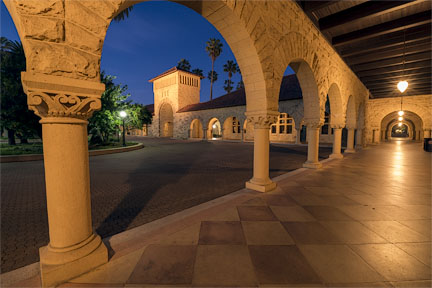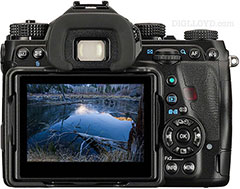Pentax K1: Super Resolution Pixel Shift Mode at Night (30 sec X 4) — Artifacting Analyzed
See my Pentax K1 wish list at B&H Photo.
My review of the Pentax K1 is in DAP.

(Red channel in AdobeRGB color space)
My first late evening and night shooting the Pentax K1 yielded a lot of interesting stuff. The file quality is amazing—to my eye it may be the best DSLR file quality on the market today, beating even the Nikon D810 (in noise and detail and perhaps dynamic range, TBD). And at about $1699, the Pentax K1 is a huge value.
I kick off my Pentax K1 review with an in-depth analysis of the Pentax K1 Super Resolution Pixel Shift Mode with a 30 second (2 minute) Super-Res-Pixel-Shift-Mode image which shows vertical stripe artifacts.
After making the shot, the rear LCD of the K1 showed vertical stripes in the blue sky—this was a clue that should have led me to shoot another (2 minute) exposure with Motion Correction enabled. If indeed that is the issue; with the daylight fading, could the fading daylight (not motion) be responsible? How does plain blue sky move exactly?
SuperRes Pixel Shift: Night Exposure @ 30 Seconds (Arcade Night View)
Includes ACR processing settings, RawDigger histogram, image up to 28 megapixels, crops with color and grayscale channels. Along with in-depth analysis.
The effects appear to be the same or similar to the checkerboarding issue as seen with the K3 II, but this time on blue sky and around foliage. Presumably it is motion artifact, but again, how does blue sky move?
Would the Motion Correction feature have prevented this? It’s not possible to do a strict A/B test with two minute (total) exposure time in which the light is fading rapidly, so I don’t yet know.

PENTAX K-1 + lens @ 15mm
[low-res image for bot]































